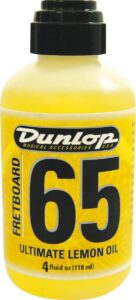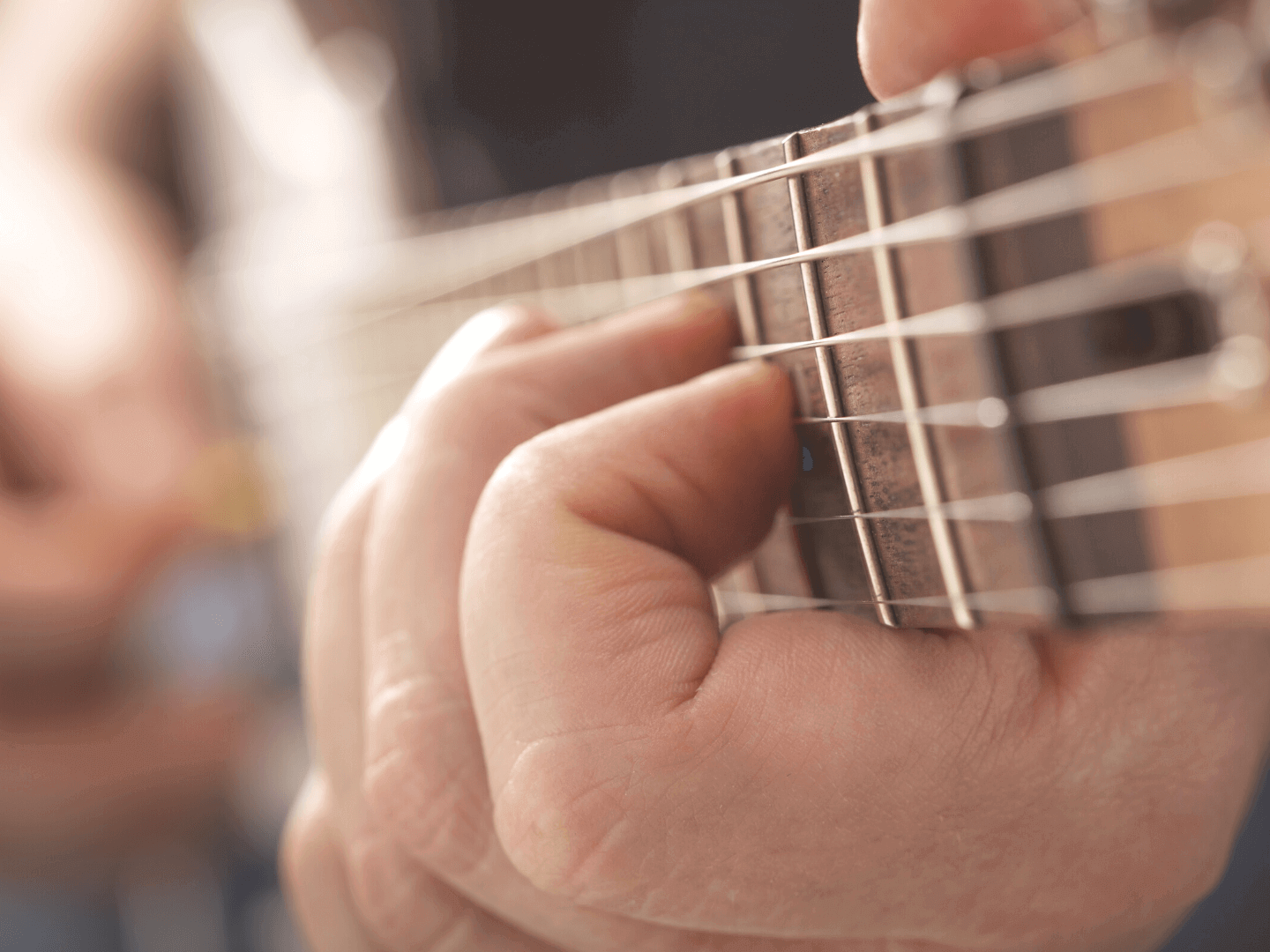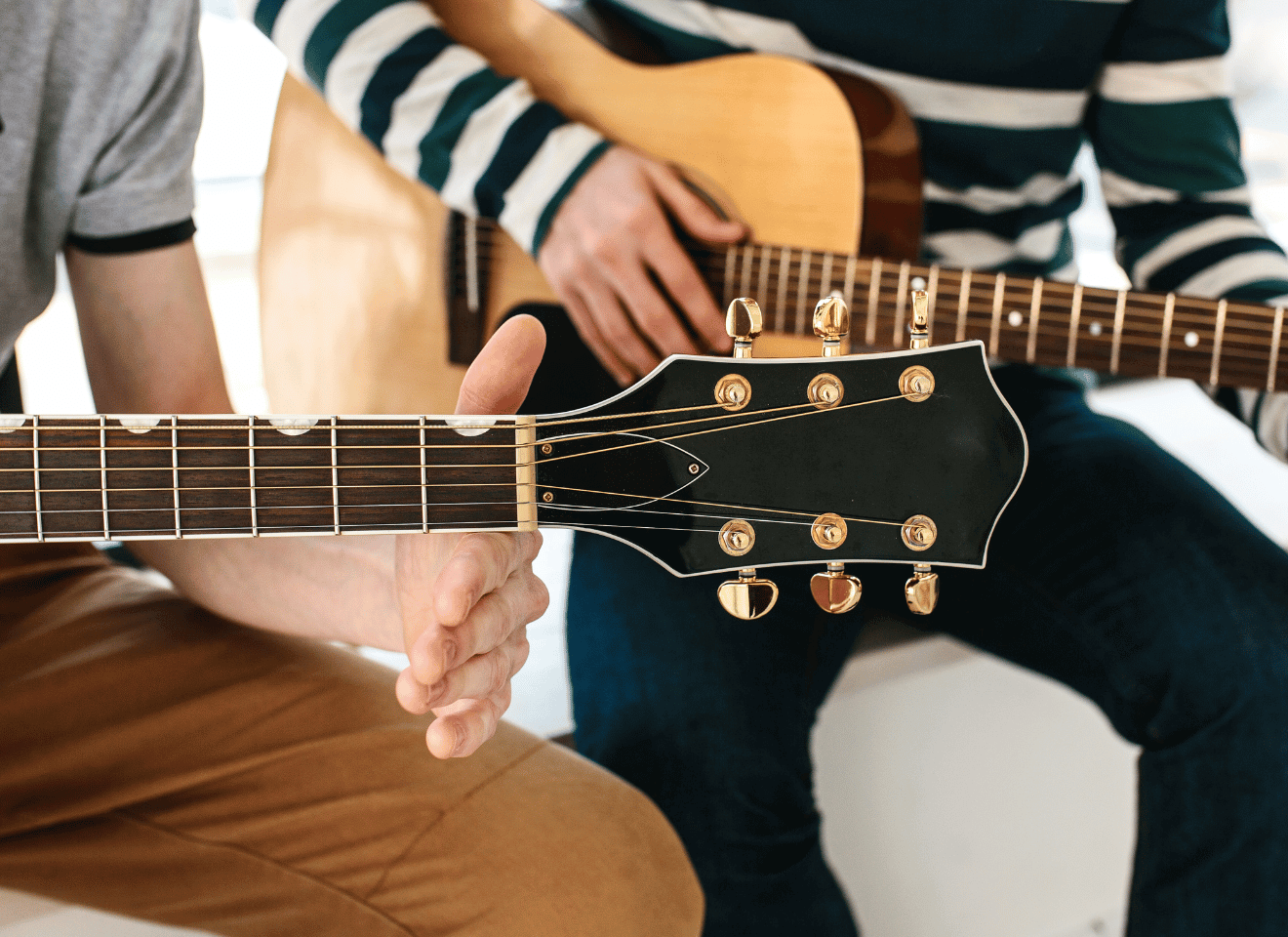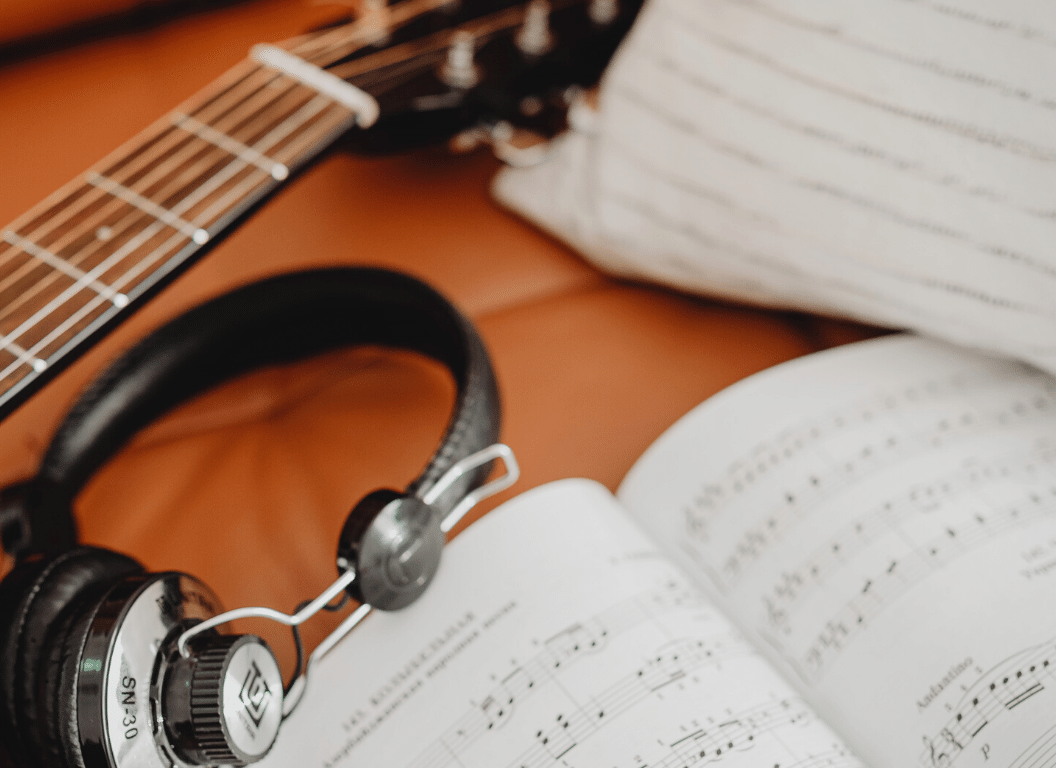Rosewood vs Maple fretboards, which one of the two should you choose?
There are a lot of different factors that go into making a guitar, from the type of wood used for the body and neck to the type of strings it uses.
One particularly important decision you have to make is what kind of fretboard wood to use for the construction of such.
Rosewood and maple are two popular options, but which one is actually better? Does it matter?
Let’s take a look at the pros and cons of each to find out, and also answer some of the most common questions about this topic.
Table of Contents
Rosewood vs Maple Fretboards
The quick answer is that rosewood sounds darker and heavier, while maple is lighter and brighter. When it comes to durability, rosewood is more resistant to dents and scratches, while maple is harder and less prone to warping since it’s a denser wood. Price wise, maple is usually more expensive since it’s less common.
When it comes to the debate of rosewood vs maple fretboards, there is no clear consensus.
Each option has its own set of pros and cons that make it appealing (or not) to different guitar players.
Ultimately, the best choice for you comes down to personal preference.
Some guitarists prefer the warmer, richer sound that rosewood fretboards provide, while others find the brighter, snappier tone of maple to be more their style.
And then there are those who couldn’t care less about tone and just want a fretboard that looks good!
Whichever category you find yourself in, let’s take a look at some of the pros and cons of each option in more detail:
Types
There are actually several different types of rosewood, all of which have their own unique properties.
The most common varieties used for guitar fretboards are:
- Indian rosewood (Dalbergia latifolia)
- Brazilian rosewood (Dalbergia nigra).
East Indian rosewood (Dalbergia latifolia) is the most popular type used in guitars, and it’s characterized by its deep brown color and prominent grain pattern.
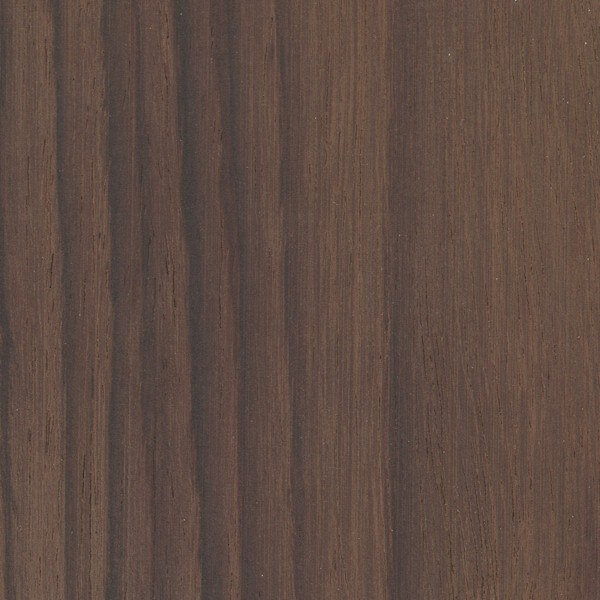
It’s a very dense wood, which makes it durable and resistant to warping.
However, this also makes it difficult to work with, which is one of the reasons why it’s become so expensive in recent years.
Brazilian rosewood (Dalbergia nigra) is another popular choice for guitar fretboards.
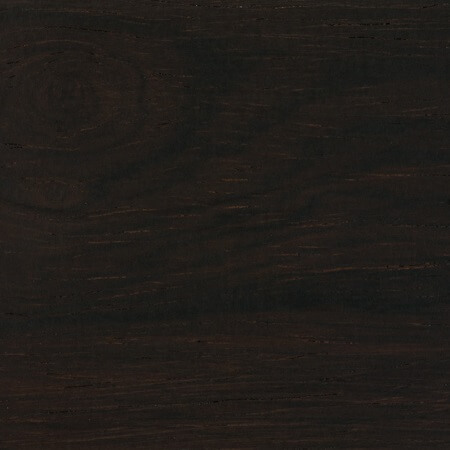
It’s similar to Indian rosewood in terms of appearance and density, but it’s even more expensive and harder to find since it’s now an endangered species.
As a result, you’re unlikely to find Brazilian rosewood on anything but the most high-end guitars.
Maple is also available in a few different varieties, the most common of which are:
- Birdseye maple (Acer saccharum)
- Flame maple
Birdseye maple is characterized by its small, swirling patterns that resemble the eyes of a bird.

Flame maple, on the other hand, is named for its dramatic, rippled grain that looks like flames.
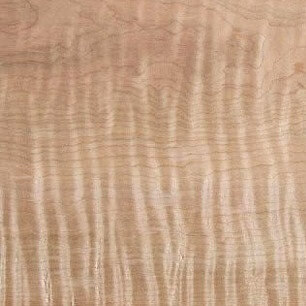
Both of these types of maple are very hard and dense, which makes them durable and resistant to warping.
Sound and tone
When it comes to tone, rosewood and maple are very different, rosewood is typically described as sounding “warm” or “dark,” while maple is usually said to sound “bright” or “snappy.”
The reason for this is that rosewood has a higher density, which makes it absorb more low-end frequencies.
This gives it a fuller, rounder sound that’s well suited for genres like blues and rock.
Maple, on the other hand, is a lighter wood with a lower density, so in other words, it doesn’t absorb as much of the low-end frequencies, resulting in a brighter, “tighter” sound.
This makes it a popular choice for genres such as country and pop, even though you can use it for other genres as well.
Of course, the sound of your guitar is also affected by factors like the body wood, pickups, and amplifier, so the difference between rosewood and maple might not be as noticeable as you think.
In the end, it’s really up to personal preference, some guitarists prefer the fuller, darker sound of rosewood, while others prefer the brighter, tighter sound of maple.
Here’s a video by Andertons Music Co on YouTube in which they do a tone wood blindfold challenge with rosewood and maple fretboard:
For the most part, they were able to guess the answer correctly, but if you watch the video entirely, you’ll see that sometimes one of them can’t tell the difference between the maple or rosewood.
This can be evidence that it depends on a number of factors whether or not you’re able to hear it.
For example, if you have enough prior experience playing both woods, or even just if your ears are sensitive to such different frequencies.
Appearance and aesthetics
Finally, let’s talk about the aesthetics and appearance of these woods, when it comes to this, rosewood and maple look quite different.
Rosewood is typically a deep brown color with a prominent grain pattern, while maple can range in color from almost white to a deep, rich brown.
It also has a classic look that’s been used on guitars for decades, and it’s often seen as a luxurious wood.

Maple, on the other hand, has a more unique and modern look, which some guitarists prefer.
Birdseye maple, in particular, is known for its unique and visually striking grain pattern, and then there’s flame maple, which gets its name from its dramatic, rippled grain that looks like flames.
Both woods can come in different finishes, so it’s really up to personal preference and deciding which model to go for.
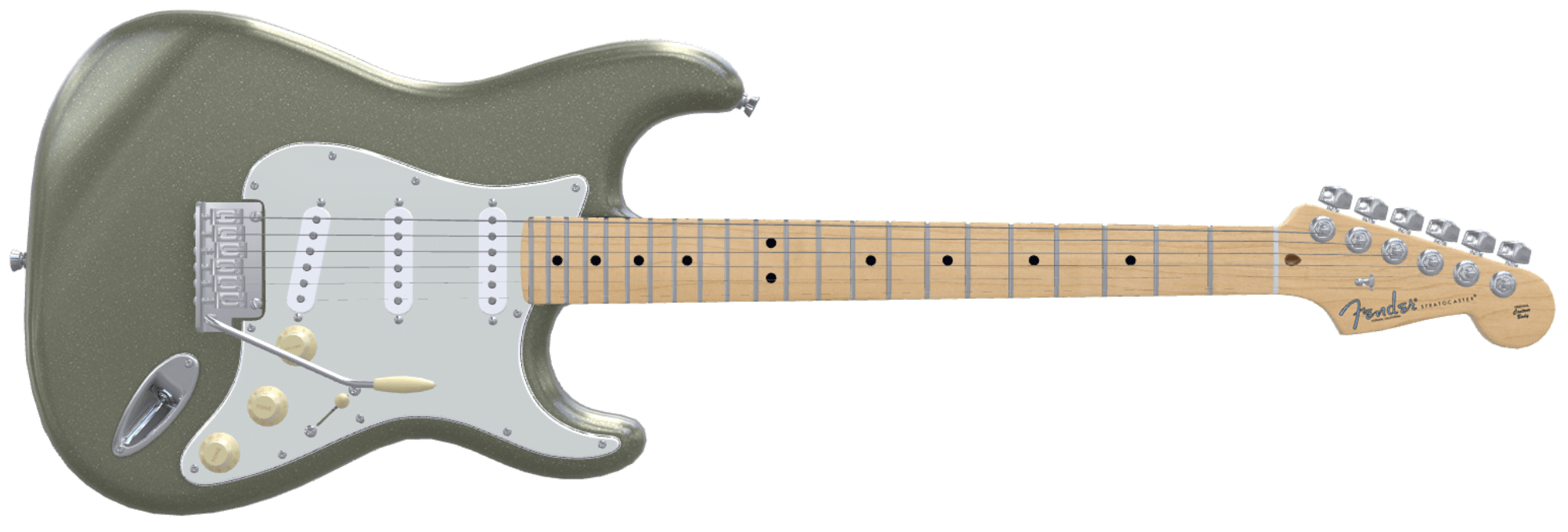
If you like and prefer darker colors, then rosewood might be the better option for you, as it tends to have a richer and more saturated color.
Again, it comes down to personal preference. Some guitarists prefer the classic look of rosewood, while others find the unique grain patterns of maple to be more their style.
Price and cost
Rosewood and maple can also vary in price, with rosewood typically being the more expensive option.
The reason for this is that rosewood is becoming increasingly rare, especially Brazilian rosewood, which is now an endangered species.
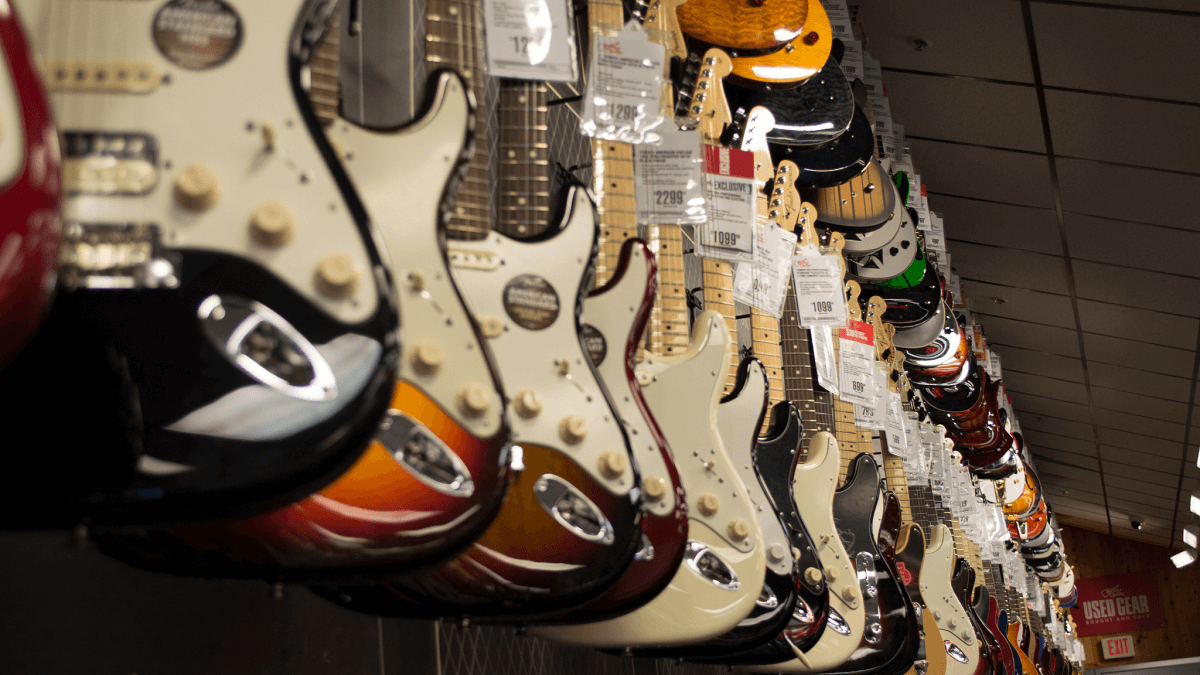
Maple, on the other hand, is much more common and therefore generally more affordable.
It really depends on your budget, if you’re looking for a high-end guitar, then rosewood might be the way to go, but if you’re on a tight budget, maple is probably the better option.
Construction and density
Rosewood and maple also differ in terms of construction and density, the former, is a very dense wood, which makes it durable and resistant to warping.
However, this also makes it difficult to work with, which is one of the reasons why it’s become so expensive in recent years.
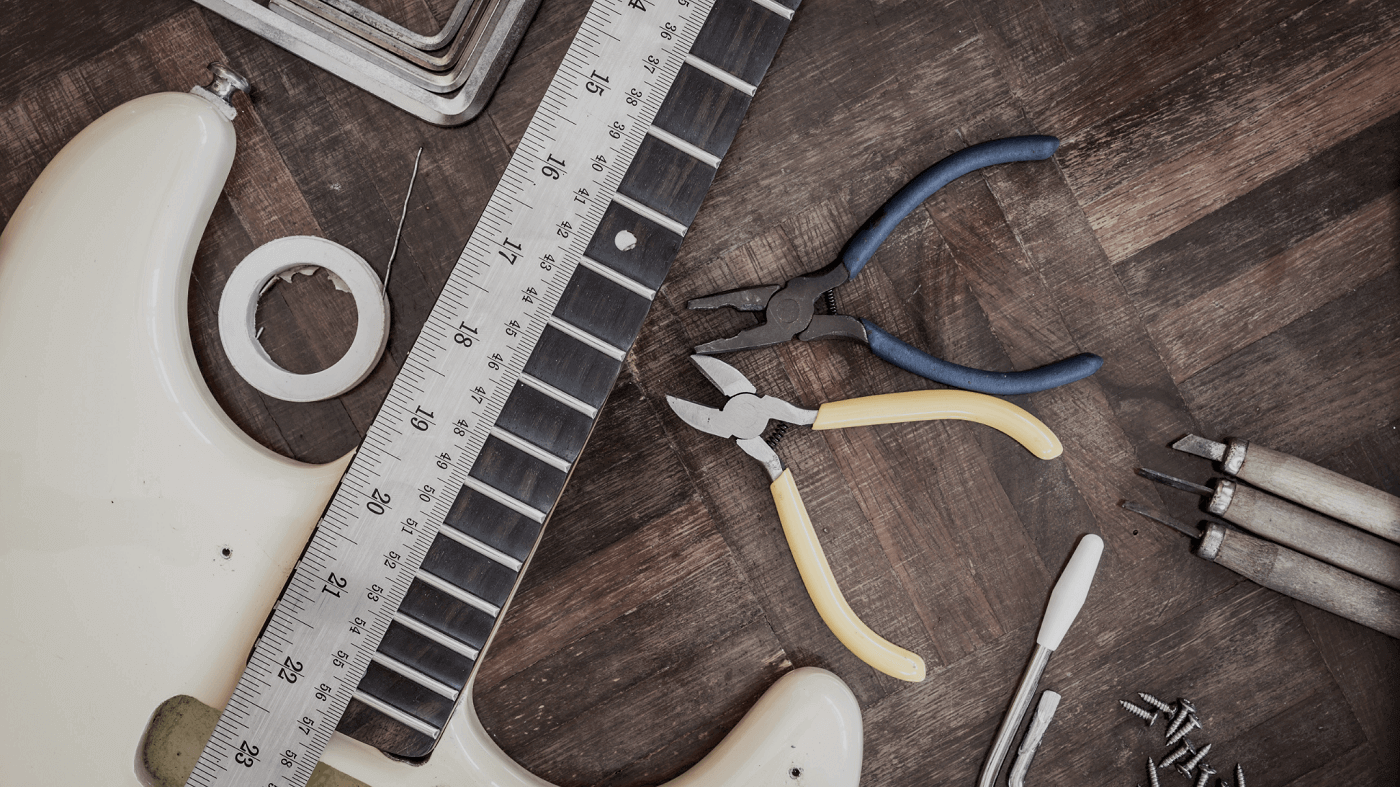
Maple, on the other hand, is a lighter wood with a lower density, so it’s easier to work with and therefore generally more affordable.
If you want a durable guitar that’s built to last, then rosewood is probably the way to go.
But if you’re looking for an affordable guitar that’s easy to work with, then maple is probably the better option.
Finish and texture
Another thing worth considering is the finish and texture of both of these woods.
Rosewood has a very smooth, fine grain that feels nice to the touch, while maple has a coarser grain that’s more visible.

The choice of finish is also important, as it can affect the look and feel of your guitar.
A high-gloss finish will make the grain of your guitar more visible, while a satin finish will give it a more natural look.

Some guitarists prefer the smooth, sleek look of a high-gloss finish, while others find the more natural look of a satin finish to be more their style.
Both of these woods can come in different finishes , so it’s really up to personal preference and deciding which model to go for.
Feel and playability
Let’s now talk about how these woods feel and affect the playability of your guitar.
Like we’ve been saying, Rosewood is a very dense wood, so it tends to be quite heavy, this can make your guitar feel more substantial and solid, which some guitarists prefer.
However, this weight can also make your guitar harder to play, as you have to overcome the resistance of the dense wood.
Maple is a lighter wood, so it’s easier to play and can be less tiring on your arms and hands, however, some guitarists find that the lighter weight makes their guitar feel less substantial.
Rosewood usually has a more textured feel, while maple has a smoother feel, this can affect the way your guitar slides across your strings and how it feels when you’re playing it.
Some guitarists prefer the smoother feel of maple, while others find the more textured feel of rosewood to be more their style.
Care and maintenance
Finally, let’s talk about care and maintenance!
Both of these woods need to be carefully looked after to ensure that they last for many years and to prevent them from drying out and cracking.
Lemon oil is an excellent way to clean your fretboard since it easily removes grime and allows the wood to shine again if it’s dried out.
You have to be careful, though, with what type of lemon oil you use, I’m not talking about lemon juice or encouraging you to just slice a lemon and use that to clean your fretboard.
This is a different type of product and the lemon concentration has to be close to nothing.
If you have guitar lemon oil around the house, then it is safe to use it on mostly rosewood or ebony fretboards (generally anything but maple fretboards).
But again, very important, make sure that you don’t use actual lemon juice, and that if you have lemon oil, it’s lemon concentration is not high.
Take a look at an actual product made specifically for guitar fretboards:
They sell these Dunlop Fretboard Lemon Oil on Amazon and are very useful in keeping the dirt away with an invisible sealant that prevents stains and moisture.
If you want to check it out, I really encourage you to do so, this is one of the products I’ve used before, and it really does a great job.
You won’t be needing too much since this is not meant to be taken as the main product to clean the heavy dirt, rather, use it to give it its last touch of shine and moisture.
Without any exaggeration, one of these small bottles should last you, easily, more than one year.
As for maple fretboards, you want to stay away from any product that has lemon or any acidic alternative as well.
You can use something like MusicNomad Fretboard F-ONE Oil which uses 100% naturally produced oils and is safe on all unfinished rosewood, ebony and maple fretboards.
Most guitarists however, get around not adding any oil to their maple fretboards, and just clean them with some soft cloth and maybe some water.
In my opinion, I think is best to use a professional product that was researched and made specifically for that purpose, although there’s many alternatives out there.
Read: How To Clean A Guitar Fretboard With Household Items?
Both of these woods are also generally susceptible to scratches and dents but they still need to be protected from impact.
Overall, both of these woods make great choices for guitarists, and require at least the bare minimum amount of care and maintenance to ensure that they last for many years.
Cons and Pros
Rosewood Pros
-
Warm, rich sound
Rosewood fretboards provide a warm, rich sound that many guitarists find appealing.
The heavy bass and mid tones give rosewood a darker sound than maple, which is why it’s often used on guitars that are played for blues and rock.
On the other hand, some guitarists find the sound of rosewood to be too dark and muddy, so this usually becomes a matter of personal preference.
It’s also worth noting that rosewood can vary quite a bit in terms of color and grain pattern, so if you’re looking for a particular aesthetic, make sure to do your research before you buy.
-
More resistant to dents and scratches
Rosewood is a very durable material, and is less likely to show wear and tear than maple.
If you’re the type of player who is hard on your guitars, or if you just want a fretboard that will last a long time, rosewood is a good option for you.
Also, since rosewood is more resistant to dents and scratches, it’s less likely to need a fretboard refinish down the line.
Rosewood Cons
-
More expensive
Rosewood is becoming increasingly rare and expensive, so it may not be an option for budget-minded players.
The reason behind this is because rosewood is becoming more and more regulated, due to its over-exploitation in the guitar industry.
As a result, some guitar companies have started using alternative materials for their fretboards, such as Pau Ferro or Ebony.
Some of these new laws include the Convention on International Trade in Endangered Species of Wild Fauna and Flora (CITES), which regulates the trade of certain threatened species of plants and animals.
Maple Pros
-
Lighter, brighter sound
Maple fretboards provide a lighter, brighter sound than rosewood, which is why they’re often used on guitars that are played for country and pop.
The high-end frequencies are more pronounced, giving maple a “snap” that some guitarists prefer.
If you’re looking for a guitar that has more of a ” cutting” sound, maple is a good option for you.
-
Note definition and clarity
Maple fretboards also provide definition and clarity to the notes you play, whereas rosewood can sometimes muddle the sound.
This makes maple a good choice for players who want to be able to hear every note they play distinctly and clearly.
Such sound is usually defined as being “crisp” and ” articulate” and is usually preferred for its consistent tone and lack of “muddiness.”
Maple Cons
-
Fingerprints and smudges are more visible
Since maple is a lighter-colored wood, fingerprints and smudges are more visible on its surface.
If you’re the type of player who likes to keep their guitars clean and pristine, this may not be the best option for you.
Also, if you’re planning on using any type of stain or finish on your guitar, be aware that it will be more visible on maple than on rosewood.
Maple fretboards also require more upkeep than rosewood, because they’re more susceptible to scratches and dents.
Which one is actually better?
At the end of the day, it really comes down to personal preference.
Both maple and rosewood have their own unique sound, so it’s important to choose the one that you think will fit your style of playing the best.
If you’re still undecided, our best advice would be to try out both kinds of fretboards and see which one you like better.
There’s no substitute for actually playing the guitar and hearing the sound for yourself!
If you’re a beginner, you might not even hear a difference in their tone or notice a change in the feel and playability when you have one in your hands.
Our best advise for that case would be to just pick the one that looks best to you and go with it.
You can always upgrade to a different fretboard later on if you find that you don’t like the one you chose.
Both maple and rosewood fretboards have their own unique benefits that can appeal to different types of guitarists.
Take a look at this YouTube video by Chris Buck in which he also makes the comparison between rosewood and maple in guitar fretboards:
Aside from inspiring us to create the thumbnail for this article, Chris makes some amazing points.
He talks about the manufacturing and construction process of both woods, and everything that’s currently happening due to new international laws.
While we agreed with everything he says, I still encourage you to watch the full video, since you’ll actually be able to hear these differences in tone yourself on his demos.
What is CITES? And what does it have to do with guitars?
The Convention on International Trade in Endangered Species of Wild Fauna and Flora (CITES) is an international agreement between countries.
Its goal is to ensure that the international trade in specimens of wild animals and plants does not threaten their survival.
CITES was drafted as a response to the increased global demand for wildlife products, such as ivory and fur.

This demand was leading to the over-exploitation of many species, which threatened their survival in the wild.
This convention also lists certain species of plants and animals that are “threatened” with extinction and regulates the trade of these species.
The regulation of rosewood is a recent addition to CITES, due to the high demand for rosewood guitars.
This has led to the over-exploitation of certain species of rosewood, which are now listed on Appendix II (link to PDF) of CITES.
What this means is that any international trade in these species must be carefully regulated in order to ensure that it does not threaten their survival.
So, if you’re buying a guitar that has a rosewood fretboard, it’s important to make sure that it is from a sustainable source.
Fortunately, many guitar manufacturers are now using certified sustainable rosewood, so this shouldn’t be too difficult to do.
Does fretboard wood affect playability?
The type of wood used for the fretboard can affect the playability of the guitar in a few different ways.
Any guitar player will tell you that the feel of their instrument is important to them.
The way the strings respond under their fingers, the weight of the body, and even the shape of the neck can all affect how easy or difficult it is to play.

The type of wood used for the fretboard can have a significant impact on playability, different woods have different hardness levels, which affects how you feel when you press down on the strings.
In addition, different woods can produce different sound qualities, even though most people can’t tell the difference.
As a result, when choosing a guitar, it is important to consider not only the body and neck material but also the fretboard wood.

More than 10 years of experience playing and writing about guitars! When not writing, I can be found strumming away some Johnny Cash tunes. Favorite all time guitar is the Gibson Les Paul. #TeamGibson


